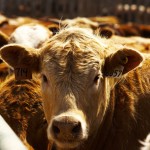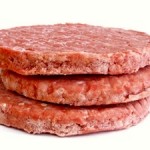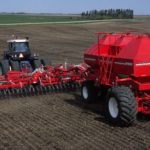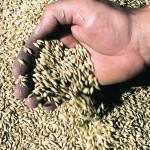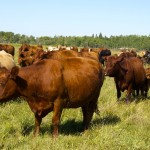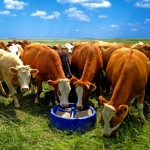What’s the potential for silage and grain corn in Western Canada? That’s the question federal researchers Vern Baron in Lacombe and Karen Beauchemin in Lethbridge are trying to answer with the financial backing of Agriculture and Agri-Food Canada and the Beef Cattle Research Council’s Beef Research Cluster. “It is estimated that there is a potential […] Read more




